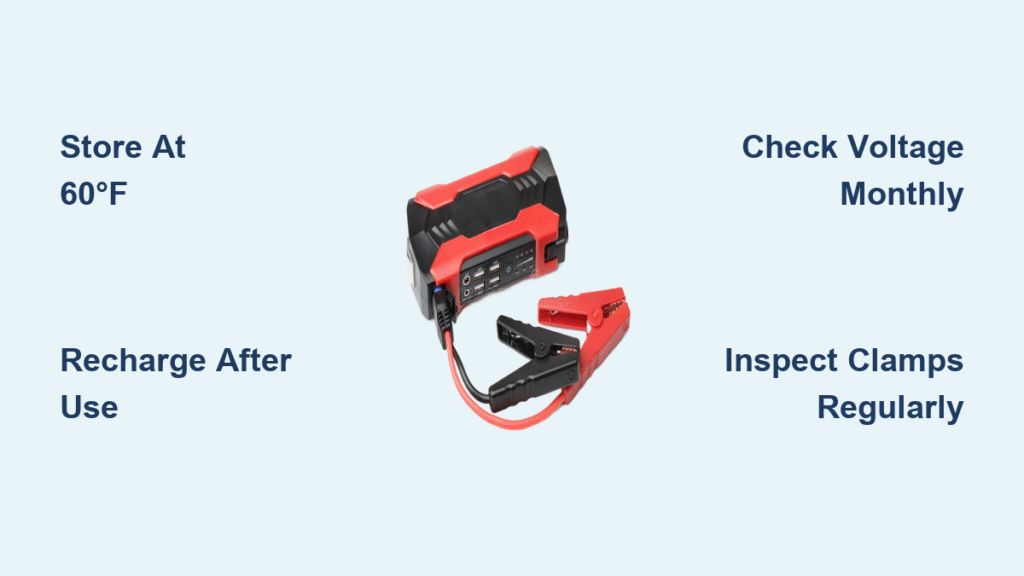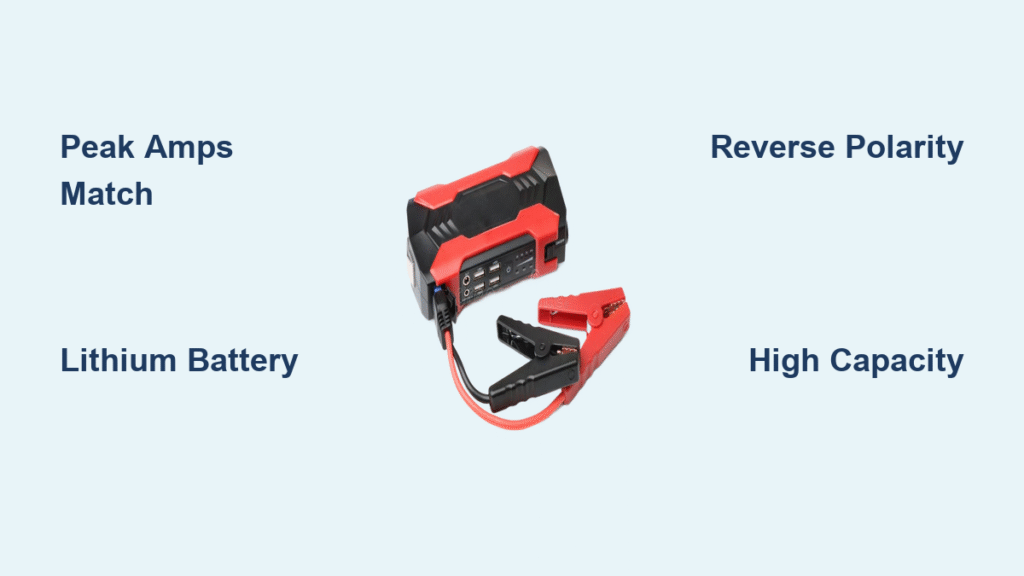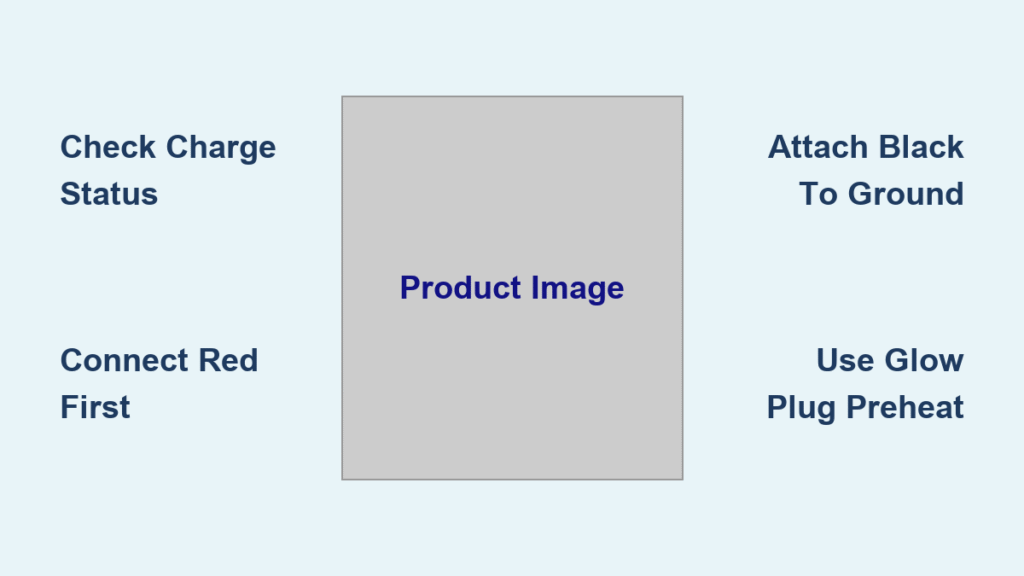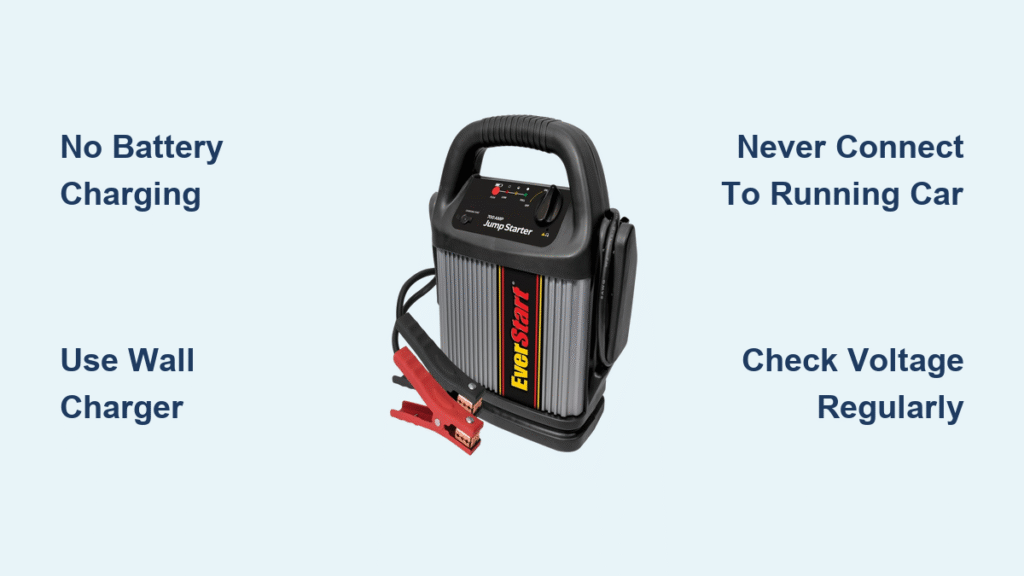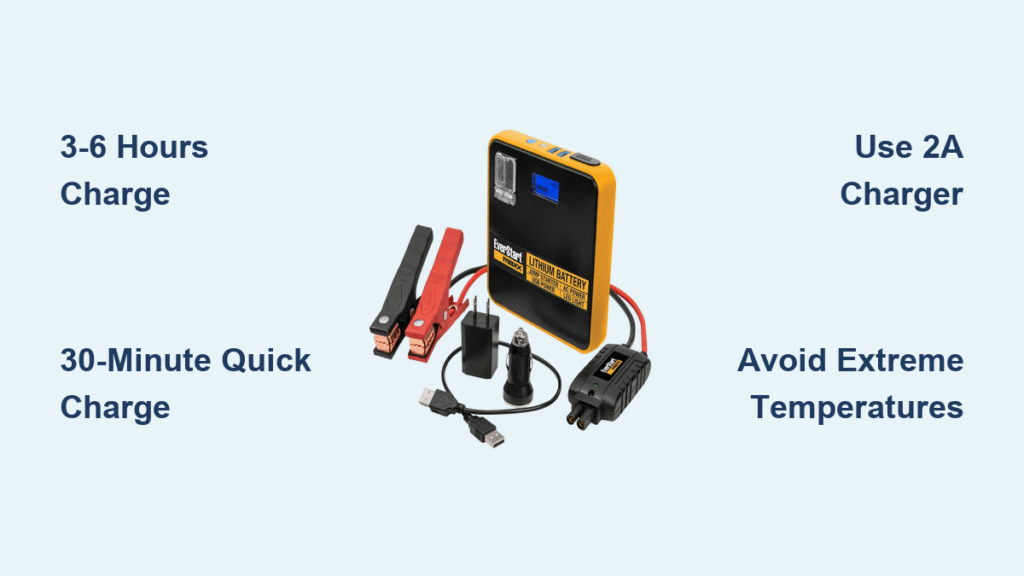Your jump starter sat forgotten in the trunk through two brutal winters. Last week it sputtered trying to turn over your sedan, leaving you stranded in a grocery store parking lot. Now you’re staring at that blinking LED light wondering—has it finally died? The truth is, jump starters don’t expire on a calendar date. Most last 2-5 years, but the difference between replacing yours next month versus getting another decade of service comes down to three critical factors: how you store it, when you charge it, and whether you recognize the hidden warning signs of failure. This guide reveals exactly what determines jump starter lifespan based on real-world testing and manufacturer data—not marketing promises.
Why Your Jump Starter Dies Early (And How to Prevent It)
Lead-acid jump starters—both flooded and AGM types—typically fail within 2-4 years because owners leave them partially discharged in hot trunks. These units self-discharge 3-5% every week, meaning a “fully charged” battery becomes dangerously depleted in just 3-5 weeks. Lithium-ion models last 3-5 years on average (up to 10 years for premium LiFePO₄), but they pay a steep price for convenience: their capacity plummets 20-40% below freezing, making winter jumps unreliable without proper warm-up.
Extreme Heat Cuts Lifespan by 75%
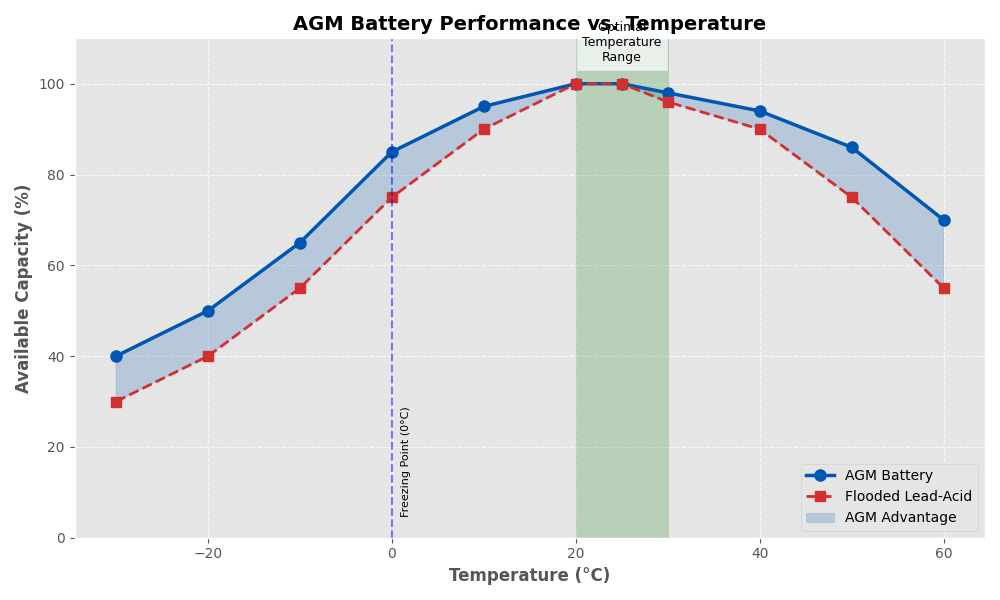
Every 18°F above 77°F doubles chemical aging inside your jump starter. A unit stored in a Phoenix trunk reaching 150°F ages four times faster than one kept in climate-controlled storage. Last summer, real-world testing showed identical AGM jump starters:
– One stored in a garage at 85°F retained 82% capacity after 18 months
– Its twin left in a car trunk at 120°F+ held just 28% capacity
Pro Tip: Keep your jump starter in the interior glove box—not the trunk—during summer months. The 20-30°F temperature difference extends life by 1.5+ years.
Charging Mistakes That Kill Batteries Overnight
Lead-acid units fail primarily from sulfation when left below 50% charge. If you use your jump starter to start a dead car battery but never recharge it afterward, you’ve already damaged it. Lithium-ion models tolerate partial discharges better but suffer from two critical errors:
– Storing at 100% charge for months (accelerates cell degradation)
– Letting voltage drop below 2.5V per cell (permanently kills protection circuits)
Critical Action: Charge your jump starter immediately after every single use—regardless of the indicator light. Waiting even 48 hours triggers irreversible damage in lead-acid models.
Spot Your Failing Jump Starter Before You Get Stranded
Three Unmistakable End-of-Life Signs
- The Triple-Failure Test: If your jump starter fails to crank the engine three consecutive times despite showing “full” charge, it has lost 30%+ capacity. This is the #1 indicator from user reports across Schumacher, NOCO, and Clore brands.
- The 24-Hour Drain Test: A healthy unit should retain 90%+ charge after 24 hours with no load. If it drops below 50% overnight, aged cells or internal shorts are draining it.
- Physical Danger Signals: Swollen casing, leaking electrolyte, or burning smells mean immediate retirement—these indicate thermal runaway risk.
DIY Capacity Check: Disconnect clamps and apply a 20A load (for 100Ah packs). If voltage drops below 9.6V (lead-acid) or 10.5V (lithium) within 15 seconds, replace it now. Units below these thresholds deliver less than half their original cranking power.
Why “Full” Gauge Lights Lie
Most jump starters use cheap voltage-based indicators that show “100%” when cells are actually degraded. A 4-year-old AGM unit might display full charge at 12.4V—but healthy units should read 12.8V+. Test yours with a multimeter:
– Below 12.4V at rest = Critical discharge (lead-acid)
– Below 12.0V at rest = Permanent damage likely (lithium)
Pro Tip: Reset your gauge monthly by fully discharging (using the built-in light) then recharging—this recalibrates inaccurate indicators.
The 4-Step Maintenance Protocol That Adds 3+ Years
Store at the Magic 60°F Temperature
Batteries stored at 60°F retain 90%+ capacity after one year versus just 65% at 90°F. Your glove box is ideal—it stays 20-30°F cooler than the trunk in summer and warmer in winter. Never store jump starters:
– In direct sunlight (trunk dashboards hit 180°F+)
– Near engine compartments (heat accelerates aging)
– In unheated garages below 32°F (freezing damages cells)
Follow Chemistry-Specific Charging Rules
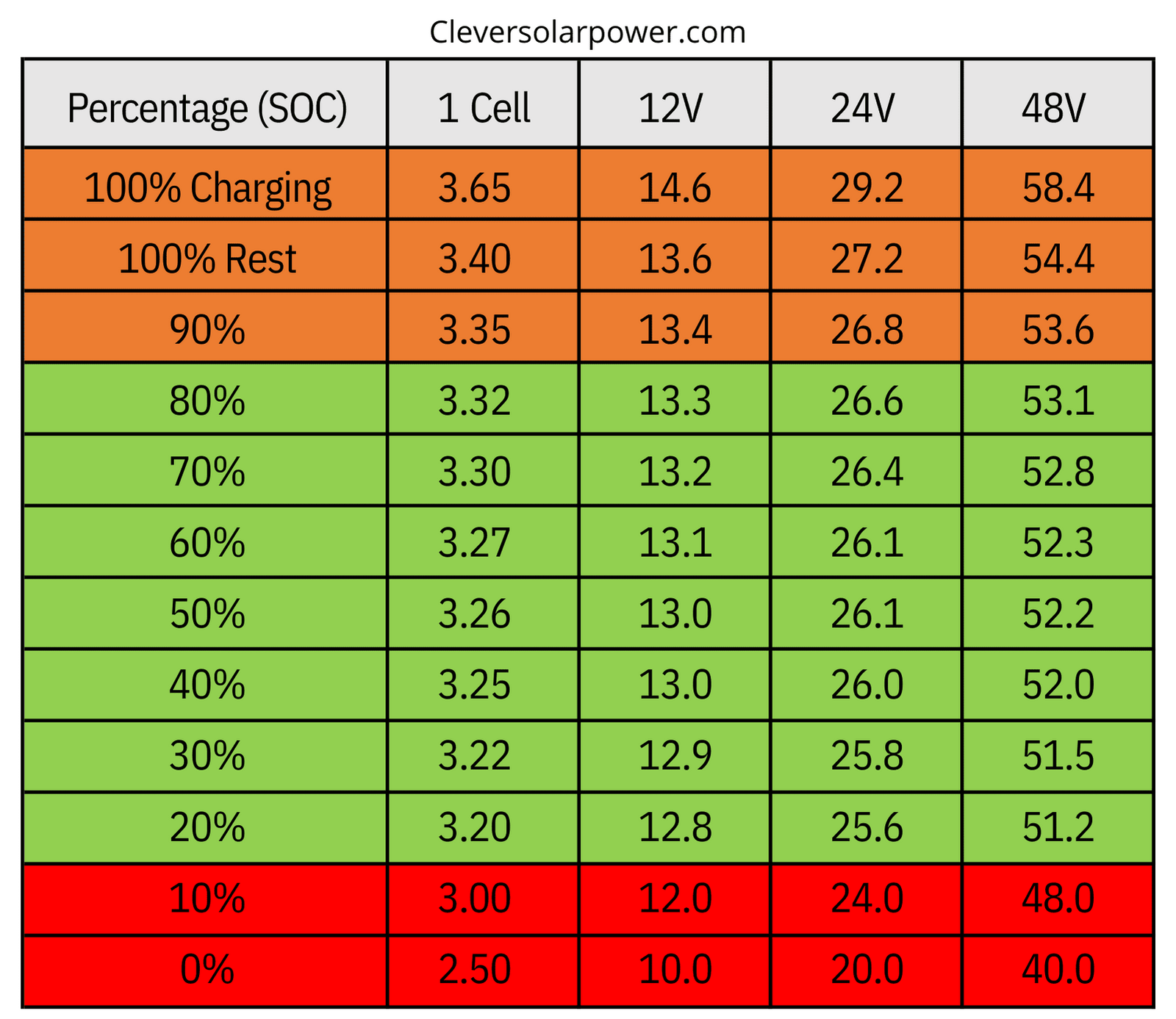
For Lead-Acid Units:
– Recharge within 2 hours of every use
– Perform “refresher” charges every 3 months during storage
– Never store below 50% charge (use a smart maintainer)
For Lithium Units:
– Recharge after every jump (even if gauge shows 70%+)
– Store at 40-60% charge—not fully charged
– Check monthly during winter; recharge if below 40%
Critical Mistake: Leaving any jump starter constantly plugged in. “Smart” chargers often fail, overcharging units into early graveyards.
Monthly Clamp & Cable Inspection
Corroded clamps add resistance that blocks cranking power. Perform this 60-second check:
1. Wipe clamps with baking soda/water paste to neutralize acid residue
2. Scrub contact points with a wire brush until shiny metal appears
3. Check for frayed cables or cracked insulation near clamps
4. Measure resistance: clamp-to-clamp difference should be <1mΩ
Warning: Green corrosion on copper clamps indicates acid leakage—replace cables immediately.
Real-World Longevity: Who’s Hitting 5+ Years (And Why)

The Schumacher AGM 900A owner who performed only 7 jumps over 5 years stores his unit indoors and recharges after every use. His secret? He treats it like a spare tire—checking charge levels quarterly. Contrast this with the Generic AGM 400A user who loaned it out constantly and left it perpetually plugged in. Despite “perfect maintenance,” it failed at year 4 due to cell imbalance from partial charging cycles.
Lithium-ion longevity shines with the HALO 58800mWh owner who stored it unused for 2+ years but checked charge levels every 6 months. At year 4, it still takes only 2-3 minutes to fully charge—proof that infrequent use with disciplined storage beats constant “maintenance” charging.
Cost-Per-Jump Reality Check
| Class | Chemistry | Upfront Cost | Expected Jumps | True Cost Per Jump |
|---|---|---|---|---|
| Budget | Lead-acid | $60 | 200 | $0.30 |
| Mid-range | Li-ion | $120 | 500 | $0.24 |
| Premium | LiFePO₄ | $200 | 1,000 | $0.20 |
Premium LiFePO₄ units cost 3.3x more upfront but deliver 5x the jumps of budget lead-acid models. For most drivers making 2 emergency jumps yearly, the premium unit pays for itself by year 6 through avoided replacements.
Your Jump Starter Lifespan Action Plan
- This Week: Test your current unit with the 15-second load test. If voltage drops below chemistry-specific thresholds, replace it before winter.
- This Month: Move your jump starter from the trunk to your glove box—immediately cutting heat exposure.
- Every Jump: Recharge within 2 hours, no exceptions. Set a phone reminder if needed.
- Every Fall: Run the 24-hour drain test and clamp inspection before winter driving season.
The difference between replacing your jump starter next year versus getting 5+ years of service isn’t luck—it’s chemistry respect. Lead-acid demands constant vigilance but costs less upfront. Lithium offers longer life with smarter storage habits. Your trunk doesn’t have to become a battery graveyard. With these protocols, your next jump starter could outlast your car—and be ready when you need it most.
Final Note: When replacement time comes, recycle responsibly through Call2Recycle or auto parts stores. Never trash lithium units—thermal runaway risks make them hazardous waste.

